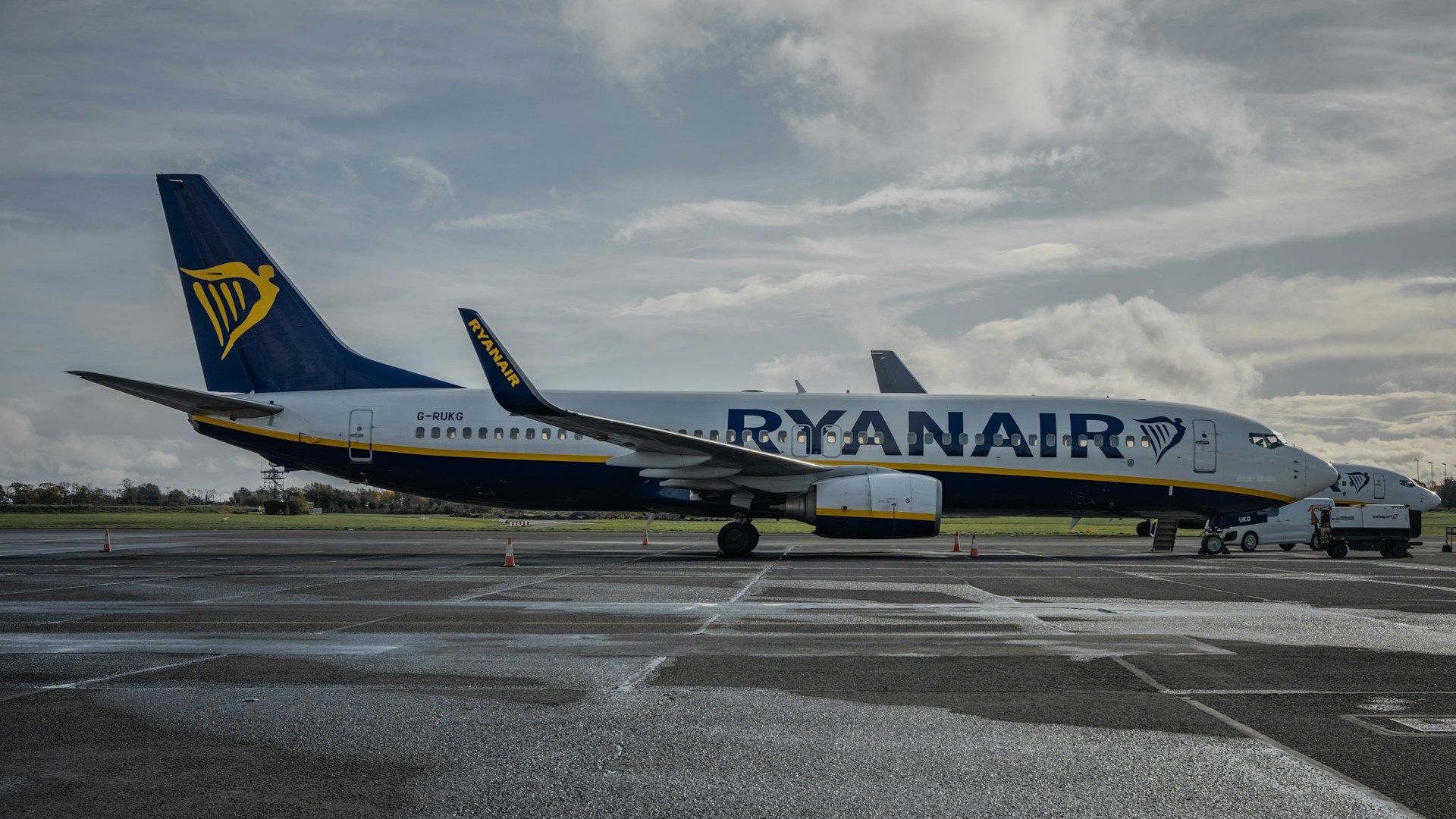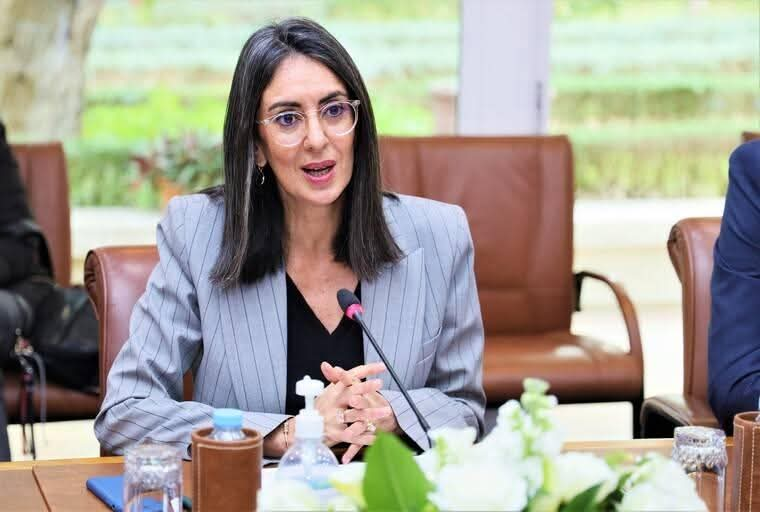Casablanca – Over the past two decades, Morocco has steadily transformed itself into one of Africa’s leading aviation hubs, thanks to bold liberalization policies, targeted investments, and strategic international partnerships. At the heart of this transformation is the 2006 Open Skies agreement with the European Union—a landmark decision that opened Moroccan airspace to European carriers and redefined the country’s approach to air transport.
Today, the Moroccan aviation sector stands as a model for how reform-minded policies can stimulate economic growth, expand global connectivity, and attract tourism. While many African nations continue to uphold traditional protectionist aviation policies, Morocco’s decision to liberalize its skies has proven to be a strategic advantage.
A bold move amid conservative policies
Morocco made history in 2006 as the first African nation to sign an Open Skies agreement with the European Union. At the time, skeptics warned of potential threats to the national carrier, Royal Air Maroc (RAM), from the anticipated influx of European low-cost airlines. However, nearly two decades later, the data tells a different story—one of resilience, adaptation, and significant economic benefit.
According to a report by The Brenthurst Foundation, passenger traffic between Morocco and Europe surged by an average of 18% annually between 2006 and 2009. This rapid growth injected approximately $1.07 billion into Morocco’s gross domestic product and contributed to the creation of nearly 24,000 jobs. The same period also saw a steady 6% annual increase in tourist arrivals and a 7% decline in average ticket prices, making air travel more accessible for both locals and visitors.
The increased connectivity allowed Royal Air Maroc not only to survive but to remain the dominant market player, even amid fierce competition from more than a dozen European carriers, including Ryanair and easyJet. At the same time, the liberalized environment encouraged the emergence of new local ventures such as Air Arabia Maroc, launched in 2009 to serve the growing low-cost travel market.
Growth with challenges
While Morocco’s aviation sector has thrived, the path to success has not been without challenges. The initial boom in air traffic and tourism required ongoing renegotiation and adjustments to the Open Skies agreement to keep pace with changing market conditions. Moroccan and European officials have had to work closely on matters such as safety regulations and airport slot allocations, highlighting that liberalization is not a one-time achievement but a continuous process.
In a statement in November 2024, Royal Air Maroc CEO Abdelhamid Addou highlighted a growing concern over the imbalance in market access. While European airlines enjoy unrestricted entry to Moroccan and even broader African markets, Moroccan carriers face significant obstacles when attempting to secure landing slots at major European airports. Addou described this as a reality of “open skies, closed airports,” pointing to systemic inequities that limit fair competition.
Despite these challenges, industry observers agree that Morocco has managed its airspace liberalization effectively, positioning itself as a competitive player in both African and international aviation.
Lessons for the continent
The success of Morocco’s aviation sector is not just a national triumph—it carries regional implications. According to The Brenthurst Foundation report, many African countries continue to suffer from outdated aviation policies, high operational costs, and inefficient regulatory systems. These factors have contributed to Africa representing only 2% of global air passenger traffic, despite accounting for roughly 18% of the world’s population.
In contrast, Morocco’s experience demonstrates how sound policy decisions, such as embracing liberalization and fostering competitive readiness, can unlock economic opportunities. The benefits extend far beyond airlines, touching tourism, trade, and employment.
Moreover, by offering lessons in how to manage competition, invest in infrastructure, and negotiate international agreements, Morocco provides a tangible example for other African nations seeking to modernize their aviation sectors.
The road ahead
Looking forward, Morocco’s aviation strategy appears focused on deepening its global ties and enhancing its infrastructure to support continued growth. Key to this will be resolving issues related to access in European markets and ensuring that Moroccan carriers are not disadvantaged in global competition.
Yet, the overall outlook remains positive. With sustained policy attention, investment in airport infrastructure, and ongoing reforms, Morocco is well-positioned to continue leveraging air connectivity as a driver of economic transformation and regional leadership.
As African governments explore ways to integrate into the global aviation network, Morocco’s dynamic and evolving model offers a compelling blueprint—one rooted in openness, adaptability, and strategic ambition.
















